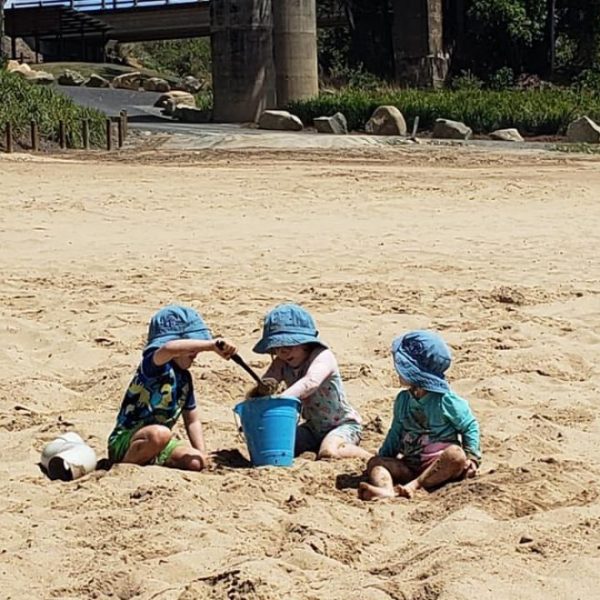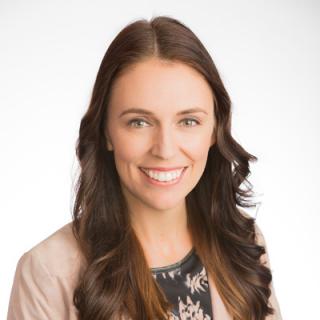Te huri i te whenua – Changing the land

In this six part series, Sector Assistant Editor Freya Lucas looks at the Strategic Plan for Early Learning 2019 – 2029 released in late November by the New Zealand Government. Freya examines the plan, outlining key changes for each of the learning goals, and asks reflective questions about what these changes may mean if adopted into the Australian landscape.
With New Zealand early childhood curriculum Te Whāriki and the Early Years Learning Framework (EYLF) sharing strong similarities, and with the EYLF celebrating its tenth birthday next year, a review of the proposed changes to the New Zealand landscape is both timely and of interest to the Australian sector. Share your thoughts and views by commenting below.
Part one – Raising quality for children
Goal one centres on quality outcomes for children, and contains some exciting proposals in relation to early childhood teachers (ECTs), transitions, and a focus on ensuring approved providers are getting the basics right before expanding.
Firstly, a proposal is made around ratios, to bring them into line with Australia, and see one adult to every four children under two, and one adult to every five children from two to three years of age.
This proposal is backed by research and data which shows that adult:child ratios are the strongest and most consistent predictor of positive caregiving practices for children under three in group based settings. Currently, children aged two to three are cared for in a one:ten ratio in New Zealand.
Next, a focus on transitions, with services having to demonstrate not only what they do support infants and toddlers to experience secure and consistent care, but also how. Services will also need to demonstrate not only links to their local communities, but how they support positive transitions for families and children between home and the service, and home and school. The ultimate aim of this proposal is to ensure that every child experiences consistent, reciprocal and responsive relationships.
A big change in the proposal, and one which is sure to attract attention from the Australian early childhood education and care (ECEC) community focuses on providing more ECTs and qualified staff. The proposal highlights the value of qualified educators, saying attitudes, beliefs, skills and knowledge are all influenced by teacher education.
Authors of the proposal said “While higher ratios enable more adult:child interactions, teacher qualifications enable these interactions to be more cognitively challenging.”
In the first instance, a move from the current requirement of 50 per cent of staff being qualified, shifting to 100 per cent of staff being qualified by 2029, with one ECT for each room in the centre. If a centre had five classrooms, five ECTs would be required, under the proposed changes.
There would be a funding program which considers the increased costs coming from regulated environments, the proposal says, and a move toward equity across the board in all education settings, in terms of salaries and conditions.
The proposal about group sizes is an interesting one, and one of the first points of action, with the recommendations and advice to be developed in 2019. There will be an outcome of ‘comprehensive advice’ about group sizes and environmental issues, addressing heating, noise, minimum space requirements, design principles, restful indoor spaces, natural outdoor spaces, curriculum. As a result, there may be improvement to regulations.
For those who hold concerns about quality and oversupply, the next point will be of interest. Approved providers with an existing service or services will not be allowed to expand until they are able to satisfactorily prove to the NZ Ministry of Education that they have appropriate curriculum and teaching capability as well as governance and management expertise.
The types of restrictions likely to apply centre around the providers capacity to demonstrate that they have no services on either a one or two year Education Review Office (ERO) review, or any licences which are provisional or suspended.
Alongside this, there would likely be a restriction on the number of probationary licenses an approved provider could have at any one time “to prevent faster expansion than their systems would cope with.”
In a move which likely to be welcomed by New Zealand (and Australian) advocates for quality, service providers with a poor history of compliance and regulatory breaches would be prevented from setting up a separate legal entity and establishing a new service under that body. This is similar to the measures put in place, and subsequently revoked by the New South Wales Government.
Compliance and monitoring for services would be improved under the proposal, including unannounced visits to services by ERO and the NZ Ministry of Education. Services would be required to notify parent and families when the service is put on a provisional licence, and to explain the issues that led to this licence and how these are being addressed. Where a service is repeatedly put on a provisional licence, the regulations could be amended to allow the service’s licence to be cancelled. Serious concerns around one service could trigger an automatic review of all of a service provider’s other licences.
The proposed changes would be evaluated against the following success measures:
- Infants and toddlers experience improved environments which enable high-quality, responsive teaching and caregiving
- All children in teacher-led services benefit from increased access to qualified teachers and educators
- Children experience good transitions from home to early learning services, within early learning services, and from early learning to school
- Children in early learning services have access to quiet, warm, uncrowded indoor environments and natural, spacious outdoor areas
- Curriculum implementation is improved with all children accessing a rich curriculum
- Licensing and monitoring supports the growth of high quality early learning services.
The proposed changes can be read in full here.
Share your thoughts with us in the comments below. What might these changes mean for New Zealand? How might these proposals change the Australian landscape, should they be adopted here? Is there anything you think is missing from Goal One?
Popular

Quality
Practice
Provider
Research
Workforce
Honouring the quiet magic of early childhood
2025-07-11 09:15:00
by Fiona Alston

Practice
Provider
Quality
Research
Workforce
New activity booklet supports everyday conversations to keep children safe
2025-07-10 09:00:16
by Fiona Alston

Quality
Practice
Provider
Workforce
Reclaiming Joy: Why connection, curiosity and care still matter in early childhood education
2025-07-09 10:00:07
by Fiona Alston












